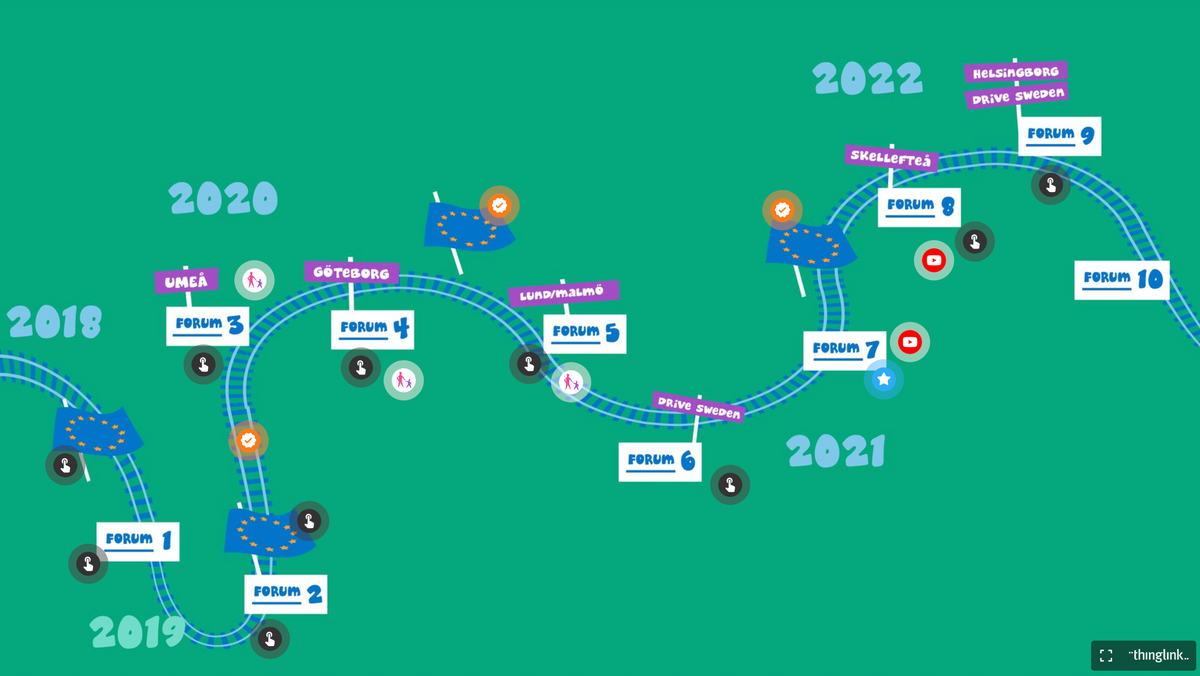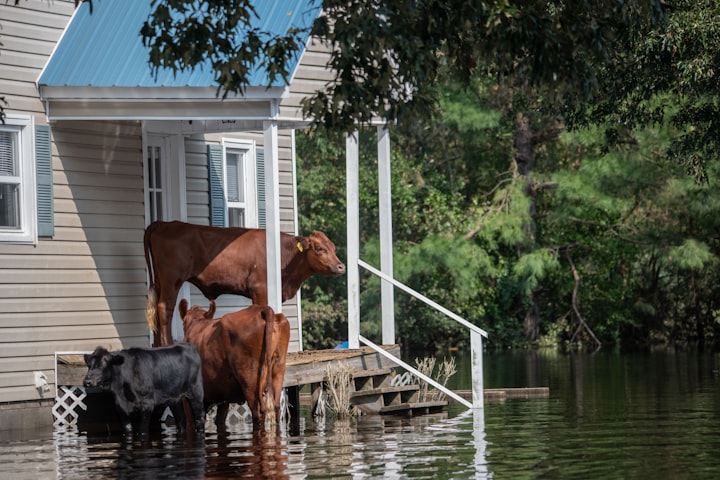"Storytelling rules the world. If you want to change the world, you need to master storytelling." – Per Grankvist
The Viable Cities Project in Sweden focuses on creating climate-neutral cities. It's a massive multi-year initiative with a huge budget that has caught the attention of other countries in Europe, thanks in part to its success in uniting 23 cities towards a common goal.
Per Grankvist, Chief Storyteller for the project, originally shared his insights about their approach to engagement with me on my podcast and I've summarized them below. Though his focus is climate change, his advice applies equally well to creating engagement on any of today's complex issues.
Start with a common view of the future.
Viable Cities uses an approach they call "mission-driven innovation", which is actually based on John F. Kennedy's moonshot mission I referenced last week. You don't have to know how to get there, but you do have to know what success will look and feel like.
Don't oversell the future.
Creating unrealistic expectations and visions of utopia doesn't work. It's too far from our reality. People can't be engaged with something they feel completely detached from.
Work with near-future scenarios.
Get specific about the time frame you're aiming for – and don't shoot too far into the future. As noted above, it's too hard for us to imagine life in 50 years' time. Trying to do so just creates fear and uncertainty. It's much easier for us to think about 2025 than 2050. Then, create short scenarios that show us what life will be like in the near future – that we can still do the same things but the details might be different. For example, we will still go on road trips, and have family barbeques. But it might be in an electric car, or cooking chicken burgers instead of beef.
Allow people to see themselves in the future doing everyday things.
This builds on the point above. The power of stories is that they make abstract ideas tangible. Don't talk about redesigning the electrical grid. What will our trip to work be like every day? Our family vacation? Buying groceries?
Zoom in.
Once you have a big shared vision, you have to make it local and relevant to your audience. Break it down into small units. Again, avoid talking at a national or policy level. What will the future feel like as a specific city, community, neighbourhood, or family? Once you know that, then you can start to think about what kinds of changes in everyday life we need to make to get there.
Limit the target audience as much as possible.
Relevance matters. It's much easier and more interesting to tell a story about a very specific thing to a very specific group of people and try to get them to change than to try to appeal to all kinds of different people at once. As Jeff Biggers explained in the Climate Narrative Project, solutions have to be local. People in Seattle care about different things than people in Stockholm.
Find a local hero.
Once you know the local stories you need to tell, it's key to find someone in that community who can embody those stories and lead the journey to overcome obstacles and create change.
Focus on feelings.
We know that emotions drive most of our decisions. And the biggest hurdles to change often connect to our deepest human feelings. If you're trying to get people to give up their cars, you have to understand that cars represent freedom. You can't say that you're going to take away their freedom. Rather, redefine how they enjoy it. For example, instead of owning a car that sits idle 95% of the time, maybe they can use public transit. But you have to know how they feel about that too. We can't just tell them to take the bus instead. We have to know how they feel about the bus, about public transit, and address their fears. Do they have concerns about safety, cleanliness, access, costs, and privacy? Is there even reasonable bus access?
Don't start with a blank slate.
Again, this is too hard for most of us to work with. Instead, start with your first best idea or guess, like a hypothesis. Share that with your audience then listen to what they say, and ask for feedback to make it better. The challenge here is that this is not intuitive for most of us. We're too afraid to share our ideas before they're perfect. Then by the time we do put them out there, we're too attached to them to give them up. An iterative, design approach is the way to go.
Start with stories, then back up them with facts and data.
We know that stories drive behaviour. But we need to give our stories credibility – that's what separates them from conspiracy theories and disinformation campaigns. So be sure you also have the science and data to support your vision.
Make sure you have a big storytelling budget.
Too often we develop elaborate plans for change projects that focus only on tangible things we need to buy, build or move. And forget that we have to start sharing stories about what we're trying to do and why it matters right from the beginning. We can have the best idea in the world – but it will fail if people don't know what it is or why it matters to them. As Per tells us, our storytelling budgets should have lots of zeros in them. Hiring a marketing intern fresh from college at the end of the project to sell your ideas just doesn't work.
The bottom line is that the engagement process needs to be iterative, collaborative and vision-driven, based not just on facts but also feelings. We don't have all the answers to today's tough issues. We need to find them together. Helping people discover that they have power and control over how that happens goes a long way toward generating commitment. And bringing that journey to life in a shared story of the future helps us all do that together.
Listen to my full interview with Per Grankvist, watch his latest presentation about what they've learned and find out more about the Viable Cities project.





